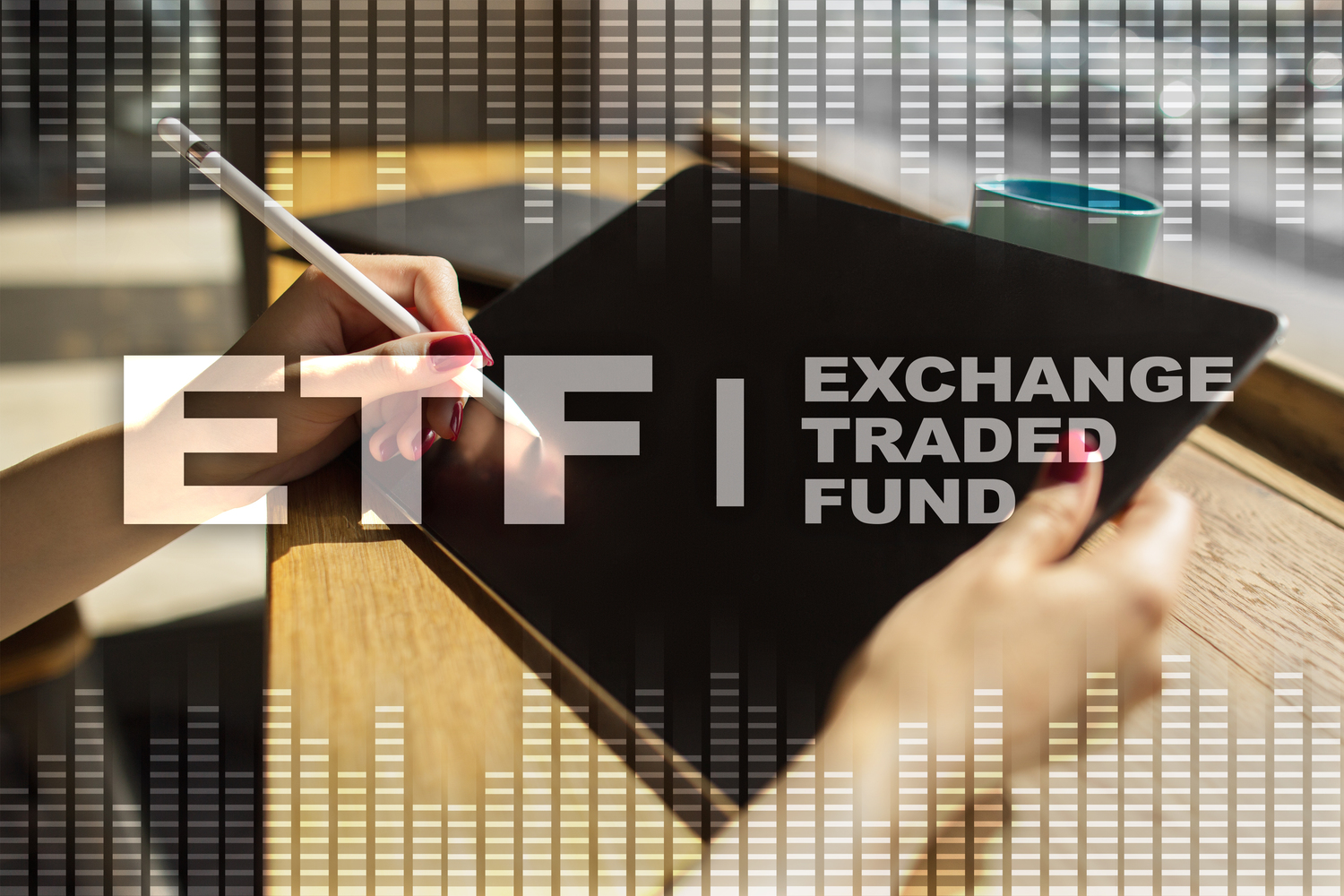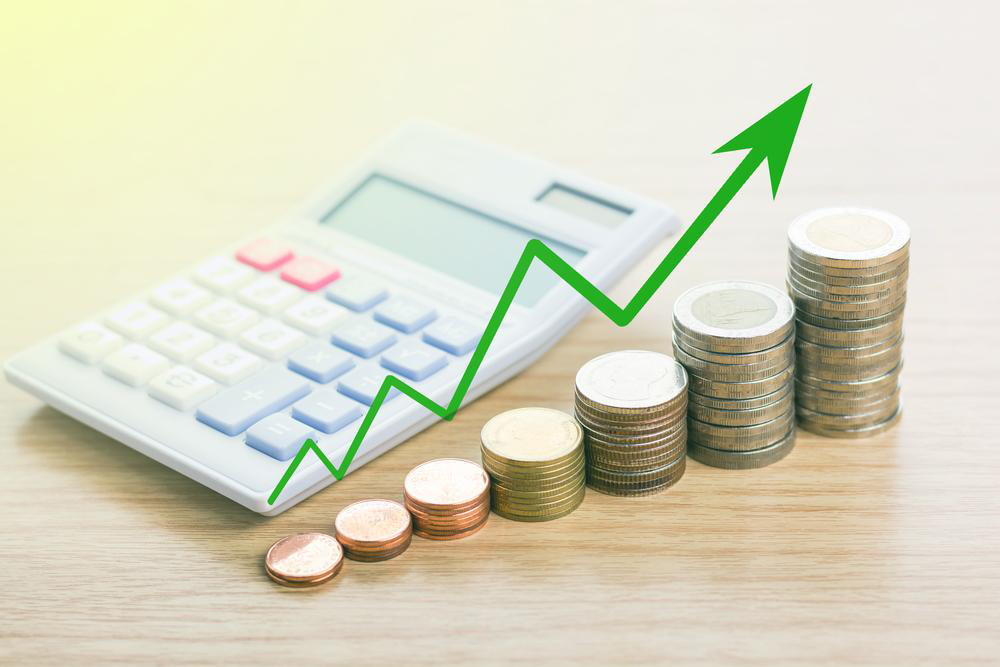Understanding Exchange-Traded Funds (ETFs)
Learn about exchange-traded funds (ETFs), their mechanisms, various types, and benefits. Discover how ETFs can diversify your portfolio, offer liquidity, and help achieve financial goals. This guide also highlights top ETFs and tips for selecting the best options based on your investment needs, making it a valuable resource for both new and seasoned investors.

Understanding Exchange-Traded Funds (ETFs)
With inflation on the rise and everyday expenses increasing, smart investors seek alternatives to bank savings for better returns. Exchange-traded funds (ETFs) offer an effective way to grow wealth by investing in stocks, bonds, or commodities. They serve as a financial safety net during uncertainties and help secure your future. The market currently features many high-dividend ETFs known for consistent gains, making them a relatively low-risk investment option. Investing in ETFs can provide diversification, liquidity, and potential tax advantages, making them a popular choice among investors.
For those considering ETF investments, understanding how they work and their types is essential.
What is an ETF?
A fund that trades like stocks and invests in assets such as stocks, bonds, or commodities.
The goal is to keep its value close to the net asset value (NAV).
ETFs typically track an index, providing broad market exposure.
They involve lower costs and offer tax benefits.
Trading occurs throughout the day, similar to stocks.
How does an ETF operate?
Buy or sell through authorized participants who work with brokers.
Units are often traded in large blocks, like tens of thousands of shares.
Long-term investments usually yield better returns than short-term trades.
Types of ETFs
Index ETFs: Mimic the performance of specific market indexes across stocks, bonds, or commodities.
Stock ETFs: Track various segments like large-cap, small-cap, growth, or value stocks.
Bond ETFs: Focus on bonds, providing stability during market downturns.
Commodity ETFs: Invest in physical commodities like gold, metals, or agricultural products.
Currency ETFs: Follow the performance of major currencies, such as the Euro or Yen.
Advantages of ETFs
Offer diversification along with the flexibility to short-sell or buy on margin.
Some brokers provide commission-free trading on select ETFs, lowering costs for investors.
Choosing the Right ETFs
Select ETFs based on your investment amount and goals.
Opt for low-cost options with minimal spreads.
Prioritize ETFs that offer tax benefits.
High-dividend ETFs are favorable for quick returns.
Review past performance data to gauge potential returns.
Top 10 ETFs to Watch
Vanguard Healthcare ETF
Lonar Cancer Immunotherapy ETF
SPDR S&P Homebuilders ETF
Tortoise Water Fund
Robo Global Robotics & Automation ETF
PowerShares Russell Top 200 Pure Growth ETF
ProShares Retail Sector Decline ETF
iShares Floating Rate Bond ETF
iShares MSCI Emerging Markets ETF
Vanguard S&P 500 ETF










